English
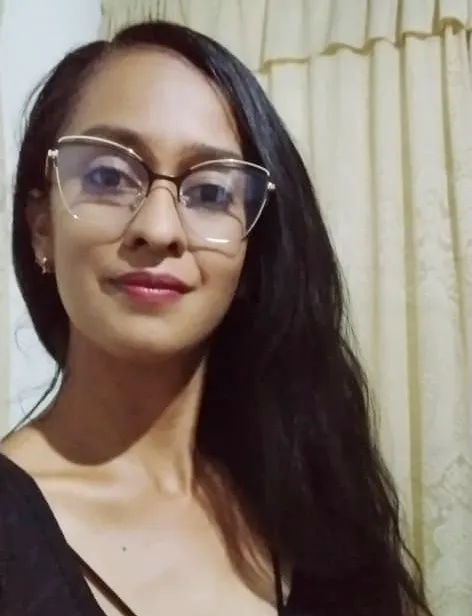
Some time ago I knew that I needed to visit an ophthalmologist or optometrist to check the state of health and/or visual acuity I have. I used to experience frequent headaches, visual exhaustion and, consequently, blurred vision at the end of the day.
These symptoms did not used to be so frequent. However, they would appear after late nights, not getting enough sleep at night, and after long exposure to the computer and cell phone. My job usually required me to sit in front of the computer for six to eight hours a day, not counting the time I spent on my smartphone during my breaks and before going to sleep, for example.
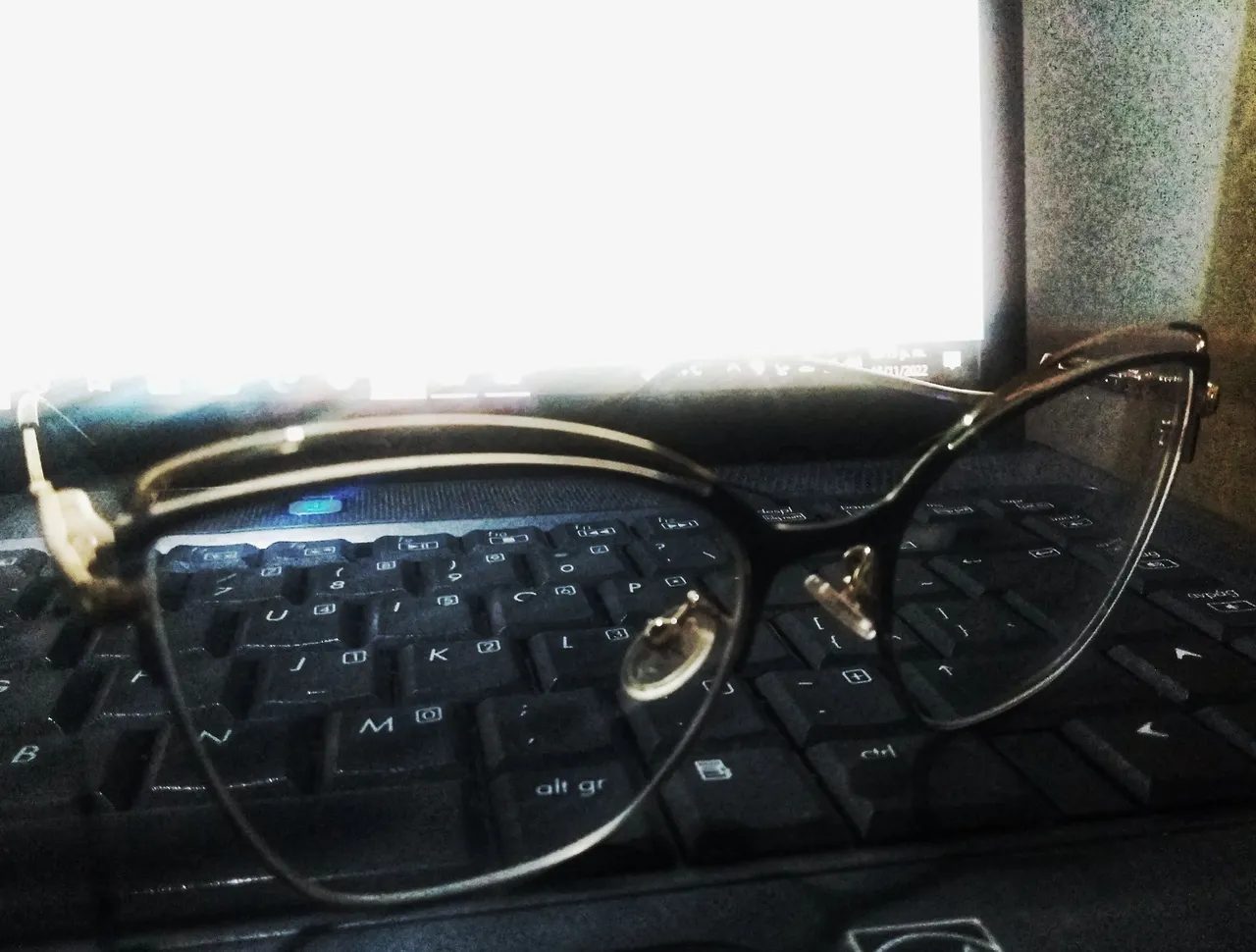
I began to notice that on rest days, when I could sleep more than eight hours during the night, I would wake up with clear vision. Without any discomfort. On the contrary, if I slept few hours, visual fatigue during the day affected me to a greater extent.
The truth is that, as time goes by, vision becomes exhausted and soon you start to feel the consequences. I learned that exposure to screen glare and ultraviolet rays significantly affects visual health.
Now, although I wanted to go to an ophthalmologist, due to haste I decided to go to an optometrist. Moreover, they convinced me to do so, since I do not suffer from diseases such as hypertension or diabetes, I was suggested to go to this professional.
For the examination, a machine is used to check the patient's level of visual impairment through the examination performed by the specialist. Once seated in front of the specialized equipment, it is necessary to place the face by placing the jaw on a support provided for this purpose and leaning the forehead on the respective structure. Then, through a kind of lens it is possible to visualize an image -a green meadow with a very peculiar house in the distance-.
At that moment I felt like a camera, because while the optometrist graduated the equipment, it seemed that my eyes were looking for the point of focus, determining the depth of field and capturing the image. There were three moments, two of which had a high blur.
From there I went to sit in an armchair. On the opposite wall was the famous poster with sets of letters that, as the lines descend, diminish in size. I had to look through only one eye. First with the right eye, then with the left. I was able to identify the letters of almost all the lines, except for the last one. However, the last ones, although I could decipher them, I could see them blurred.
At that moment, the optometrist placed the formula in a very peculiar pair of glasses -I do not know the name of this instrument- so that I could verify how I could see the letters now. There he explained to me that my right eye marks a formula 0.25 while the left eye registers 0.50. So, I would need single vision glasses to treat myopia. My deficiency is for distance vision.
When I left the consultation room he had me put the optometric glasses back on and from there I was to look outside. There are no words to explain what I felt at that moment. I was very impressed. I could clearly see the faces of all the people coming across the avenue. So, more than once I took the glasses down and put them back on: I could see a total difference.
That same day I ordered the lenses to be made. I chose to add the blue and photoblue filters (kind of like photo romantic lenses with blue light filter), to block the blue light coming from computer and cell phone screens and also to work as transition lenses when receiving sunlight. That is, they darken outdoors to reduce the impact of ultraviolet rays.
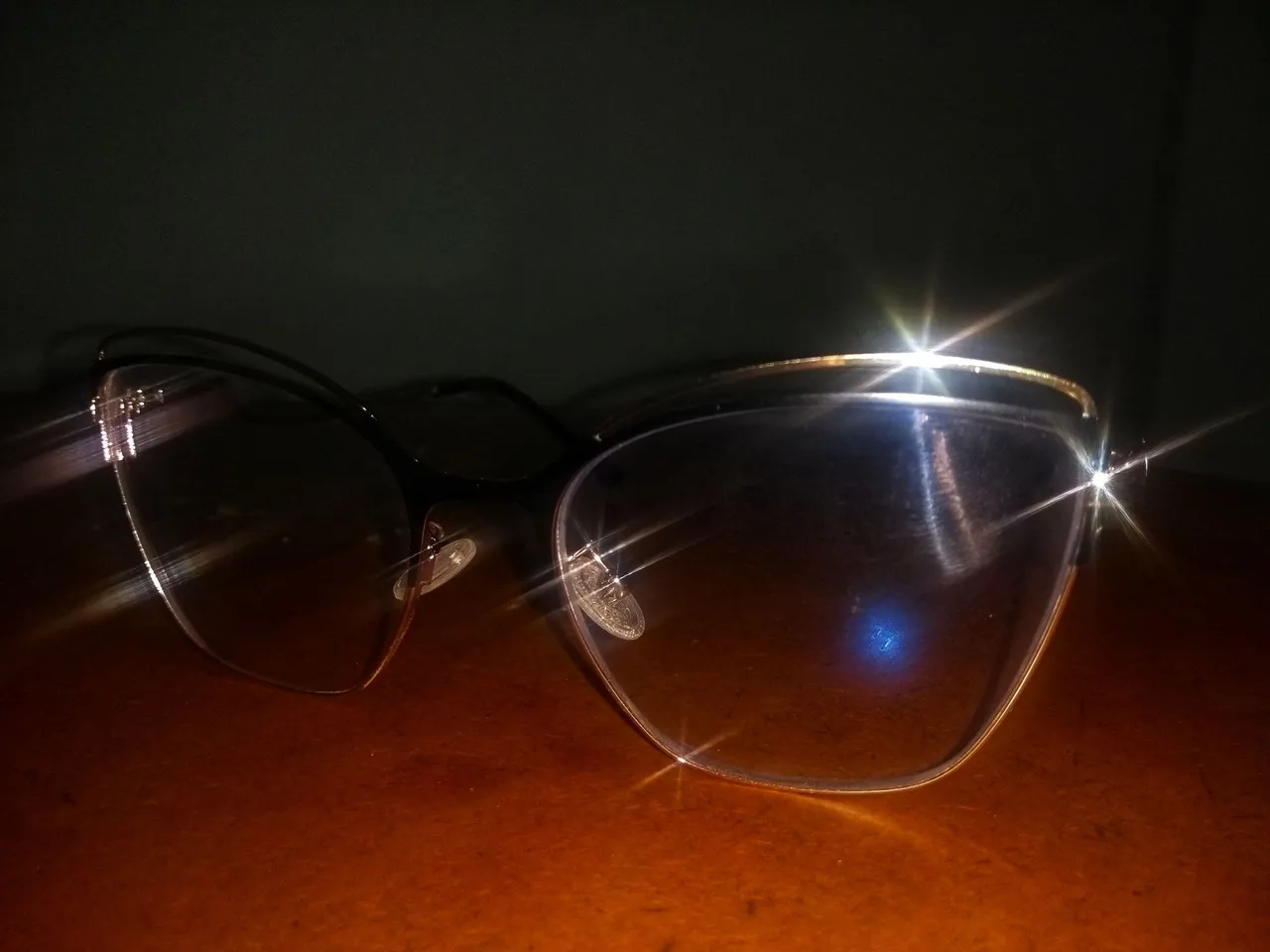
The lenses took about four days to arrive. The advantage is that I was able to pick them up at the Santa Ana branch, where I live. So I didn't have to go all the way to San Cristobal to pick them up.
As of today, I am almost a week into the adaptation process. It is the first time I wear glasses. The first time I put them on I felt that my eyelashes collided with the glass and, in addition, I felt a slight tingling between my eyebrows.
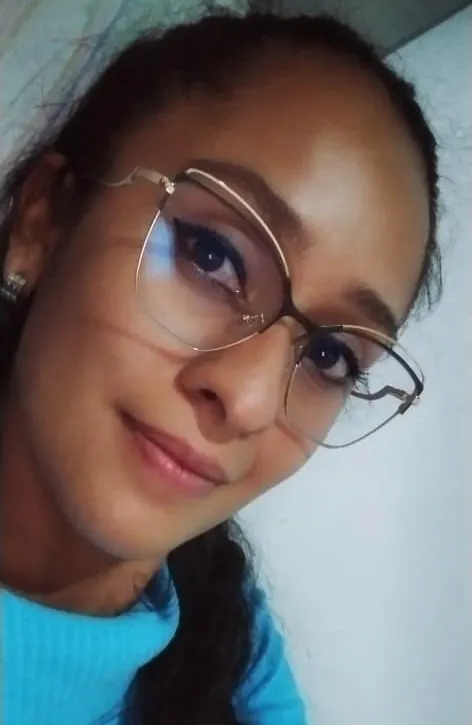
It has been hard for me to adapt, I confess. When I wear sunglasses, they fog up and I still have the feeling that in some spaces I can't see clearly. It happens to me precisely when I suddenly change from one light temperature to another. For example, when I go out of a roofed space to a very lighted place. When I use my cell phone, I often feel the windows fogging up. I know it is part of the process and little by little I will adapt. The important thing is to take care of your visual health.
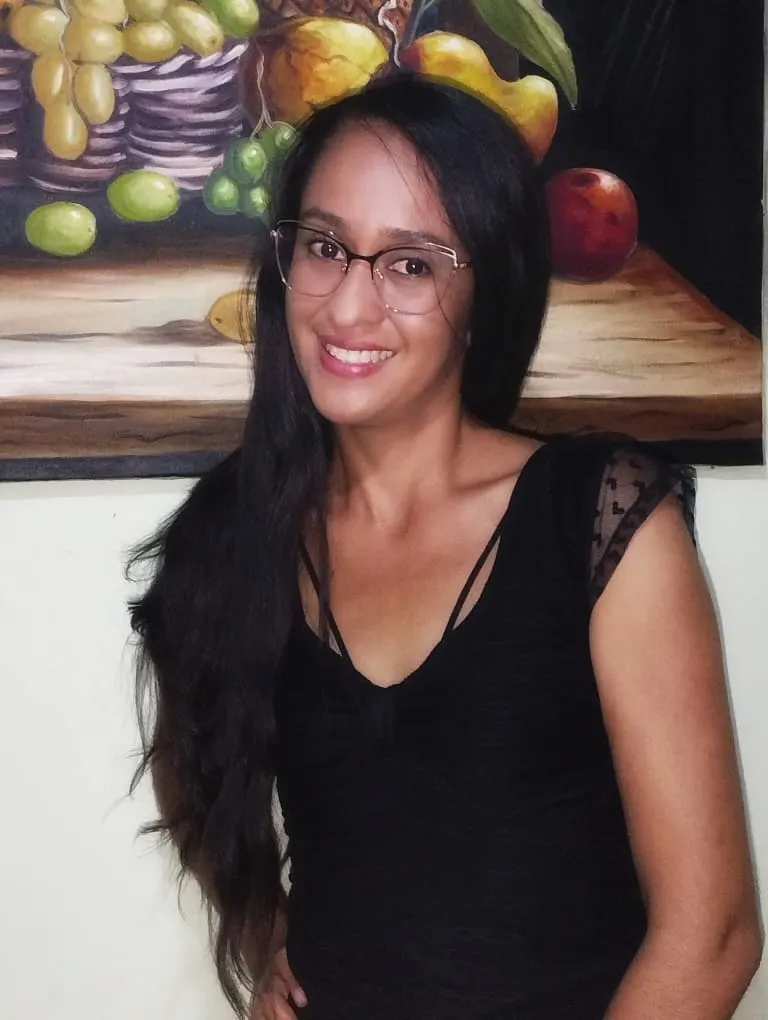
I invite you to leave me your comments. A fraternal embrace to you who have read me.
Español

Desde hace un tiempo supe que necesitaba acudir a un oftalmólogo u optometrista para verificar el estado de salud y/o agudeza visual que tengo. Y es que, solía experimentar dolores de cabeza frecuentes, agotamiento visual y, por ende, visión borrosa al final del día.
Estos síntomas no solían ser tan frecuentes. Sin embargo, aparecían luego de trasnochos, al no dormir las horas suficientes durante la noche, y tras larga exposición al computador y al celular. Por lo general, mi trabajo me exigía estar sentada frente al ordenador durante seis u ocho horas diarias, esto sin contar el tiempo de uso del Smartphone en horas de descanso y antes de ir a dormir, por ejemplo.

Empecé a notar que los días de descanso, en los que podía dormir más de ocho horas durante la noche amanecía con una visión clara evidente. Sin ningún tipo de malestar. Por el contrario, si dormía pocas horas el cansancio visual durante el día me afectaba en mayor medida.
Lo cierto es que, con el paso del tiempo la visión se va agotando y pronto se empiezan a sentir las consecuencias. Aprendí que la exposición al reflejo de las pantallas y a los rayos ultravioleta afecta de manera considerable la salud visual.
Ahora bien, pese a que quería ir a un oftalmólogo, debido a la premura me decidí por acudir al optometrista. Además, me convencieron de ello, pues debido a que no padezco enfermedades como hipertensión o diabetes, me fue sugerido acudir a este profesional.
Para el examen se hace uso de la máquina en la cual a través del examen realizado por el especialista se comprueba el nivel de deficiencia visual que enfrenta el paciente. Una vez sentada frente al equipo especializado es necesario acomodar el rostro posando la quijada sobre un soporte que posee para ello y recostar la frente sobre la estructura respectiva. Seguidamente, través de una especie de lente es posible visualizar una imagen -una pradera verde con una casa muy peculiar a lo lejos-.
En ese momento me sentí como una cámara fotográfica, pues mientras el optometrista graduaba el equipo, parecía que mis ojos buscaban el punto de enfoque, determinaba la profundidad de campo y capturaba la imagen. Fueron tres momentos de los cuales dos tuvieron un alto desenfoque.
De allí pasé a sentarme en un sillón. En la pared de enfrente estaba el famoso cartel con conjuntos de letras que, a medida que descienden las líneas van disminuyendo su tamaño. Debía mirar a través de un solo ojo. Primero con el derecho, luego con el izquierdo. Pude identificar las letras de casi todas las líneas, a excepción de la última. No obstante, las últimas aunque podía descifrarlas yo las veía borrosas.
En ese momento, el optometrista me colocó la fórmula en unas gafas muy peculiares -desconozco el nombre de este instrumento- para que verificara cómo veía ahora las letras. Allí me explicó que mi ojo derecho marca una fórmula 0,25 mientras que el izquierdo registra 0,50. Así que, ameritaría gafas de visión sencilla para tratar la miopía. Mi deficiencia es para ver de lejos.
Al salir de la sala de consulta me hizo poner los lentes optometricos nuevamente y desde allí debía mirar al exterior. No hay palabras para explicar lo que sentí en ese momento. Estaba muy impresionada. Podía ver con claridad los rostros de todas las personas que venían cruzando la avenida. Así que, más de una vez bajé los lentes y los volví a colocar: podía ver una diferencia total.
Ese mismo día ordené la fabricación de los cristales. Elegí agregarle los filtros blue y photoblue (algo asi como cristales foto románticos con filtro anti luz azul), para el bloqueo de la luz azul proveniente de pantallas de ordenadores y móviles y para que además funcionaran como lentes "transition' al momento de recibir la luz solar. Esto es que en exteriores se oscurecen para reducir el impacto de los rayos ultravioleta.

Los lentes demoraron unos cuatro días en llegar. La ventaja es que pude retirarlos en la sucursal de Santa Ana, lugar donde resido. Así que no tuve que ir hasta San Cristóbal a retirarlos.
Al día de hoy tengo casi una semana en el proceso de adaptación. Es la primera vez que uso lentes. La primera vez que me los coloqué sentía que mis pestañas chocaban con el cristal y, además, percibía un ligero cosquilleo entre la zona de las cejas.

Me ha costado adaptarme, lo confieso. Cuando uso tapabocas se empañan y aún tengo la sensación de que en algunos espacios no veo con claridad. Me ocurre precisamente cuando paso de manera repentina de una temperatura de luz a otra. Por ejemplo, cuando salgo de un espacio techado a un sitio muy iluminado. Al usar el celular suelo sentir los cristales empañados. Se que es parte del proceso y ya poco a poco me iré adaptando. Lo importante es cuidar la salud visual.

Les invito a dejarme sus comentarios. Un abrazo fraterno para ti que me has leído.
Traducido al inglés con Deepl // Translated to English with Deepl
Fotografías: fuente propia // Photography: source own
Edición de fotografías: Snapseed // Photo editing: Snapseed